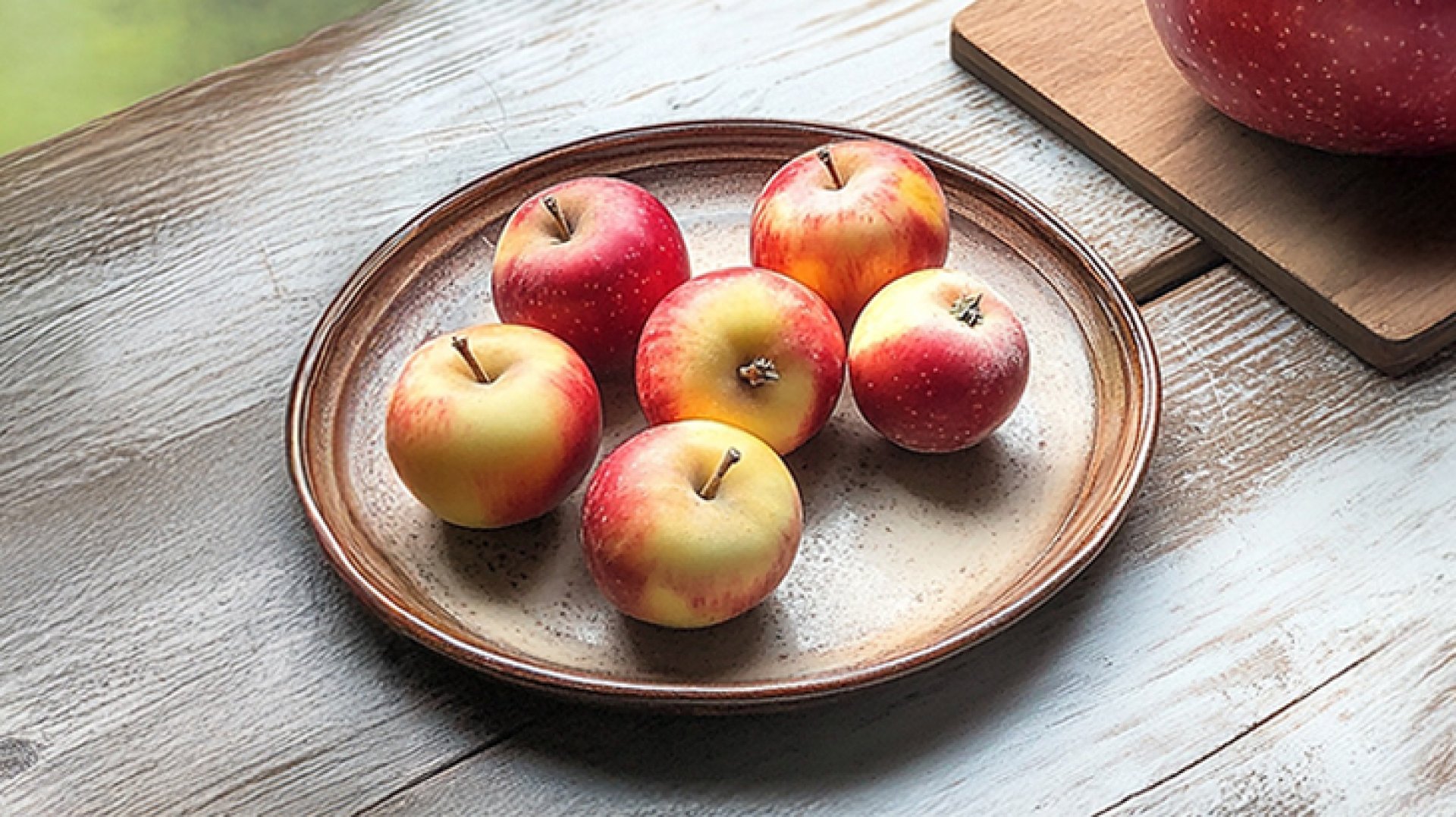Crab Apple

Crab Apple : The Tiny Fruit with a Grand History, Love Stories, and Amazing Benefits
You're likely familiar with the large, vibrant red apples commonly found in stores, but have you ever heard of the Crab Apple? While it belongs to the same family as the apples we typically eat, Crab Apples are significantly smaller and generally much more tart. Their fruit comes in bright colors like vivid red, sunny yellow, or emerald green, and they possess a distinct, unique aroma. With their compact size and singular taste, Crab Apples are not just intriguing fruits but are also steeped in fascinating history and cultural narratives.
Tracing the Origins : Crab Apple, the World's First Apple Variety
Historians believe that Crab Apples are among the earliest apple varieties, predating the sweet apples we consume today. Fossilized remains of Crab Apples have been discovered in North America, predating their introduction to Greece and Rome. Based on archaeological evidence, it's presumed that early humans likely gathered Crab Apples from the wild as far back as the Neolithic period, approximately 4,000 3,000 BCE, using them for both food and medicine. This highlights the fruit's significant role in human survival and sustenance since ancient times.
A Tale of Love : Crab Apple in Greek and Roman Mythology
In ancient civilizations such as Greece and Rome, the Crab Apple was regarded as a symbol of love and marriage. This symbolism is deeply intertwined with the famous story of Atalanta, the formidable female huntress renowned as the fastest runner in Greek mythology.
Legend tells that Atalanta had no desire for love or marriage but was compelled by her father to marry. She declared that she would only wed the man who could defeat her in a footrace. Many eager young men from far and wide came to compete. However, only one man managed to defeat her: Hippomenes.
Hippomenes had fallen in love with Atalanta at first sight and desperately wished to win the race, but he knew he could not match her speed. Therefore, he prayed to Aphrodite, the Goddess of Love, for assistance. Aphrodite, displeased with Atalanta's disdain for love, decided to help Hippomenes by giving him three golden apples.
During the race, Hippomenes used the three golden apples given by Aphrodite to distract Atalanta. He dropped the apples one by one. Atalanta, enchanted by the beauty of the golden apples, couldn't resist stopping to pick them up. By the third apple, she paused again, causing her to lose valuable time and ultimately the race. When Hippomenes won, the two were married. This enduring romantic tale intricately links the apple with the concepts of love and marriage in Greek and Roman culture.
After this celebrated legend was passed down, Greeks would often dedicate Crab Apples to Aphrodite. It was also believed that throwing an apple at someone was a declaration of love, which evolved into a custom of throwing apples to find a mate during that era, signifying the fruit's deep connection to beliefs about love and matrimony.
Crab Apple in Medieval Traditions and Uses
Beyond Greek and Roman legends, the Crab Apple also features in the traditions of the Celts. The Celts believed that if apple seeds were thrown into a bonfire while uttering a loved one's name, their love would come true if the seeds explodedanother fascinating belief associated with Crab Apples.
During the Middle Ages, Crab Apples were widely cultivated and used throughout Europe. However, due to their intense tartness, they were not commonly eaten fresh. Instead, they were primarily used to make jams, sauces, ciders, and vinegars. Crab Apple jam was often spread on bread and paired with meats to add a sweet-tart flavor and distinctive aroma.
Beyond culinary uses, herbalists and folk healers in the Middle Ages highly valued Crab Apples for their medicinal properties. They believed that Crab Apples could aid in treating digestive issues and inflammation. Additionally, Crab Apple vinegar was frequently used as a preservative and an antiseptic, highlighting the diverse benefits discovered in those times.
Evolution and Modern Uses of Crab Apple
Over centuries, Crab Apples have been selectively bred and developed into new apple varieties that are larger and sweeter than their ancestors. This cultivation led to the wide array of apple varieties we see in supermarkets worldwide today. Despite the emergence of numerous new apple cultivars, Crab Apples have retained their popularity and continue to be utilized in various forms.
Today, Crab Apples are commonly used to make jams, jellies, vinegars, and wines. They also remain an important ingredient in various cooked dishes such as stews, soups, and sauces, where they contribute a unique tartness and aromatic complexity. With their versatility and distinct flavor, Crab Apples continue to be a valuable and intriguing fruit in the culinary world and cultural heritage.


